Did you know that the world’s largest wind turbine is taller than the Eiffel Tower and produces enough energy to power thousands of homes? As climate concerns grow, wind turbines become more crucial by the day.
The shift to renewable energy is accelerating faster than ever, driven by technological breakthroughs and global demand. But who are the key players steering this wind revolution, and what surprises lie within the market dynamics?
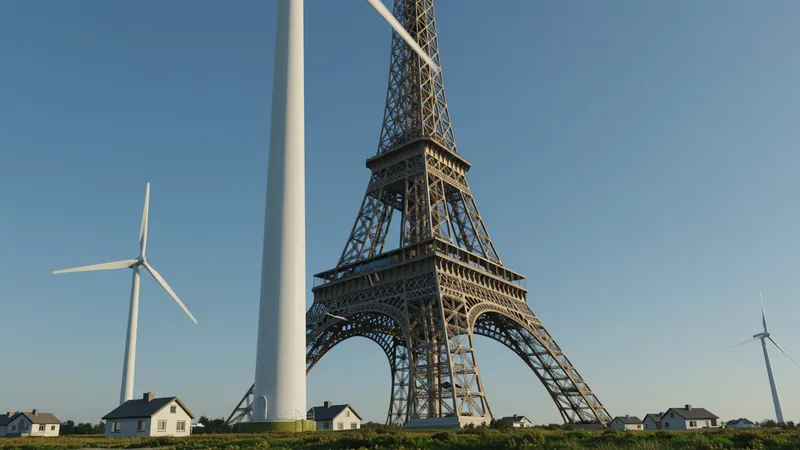
While household names like General Electric and Vestas dominate, emerging companies are making waves in unexpected regions. Chinese manufacturers are sprinting to the forefront, enticing investors with competitive pricing and advanced technology. But that’s not even the wildest part…
Even traditional oil corporations are venturing into wind energy, transforming their business models to stay relevant. This shift isn’t just a trend; it’s a seismic market realignment. Constrained resources are pushing innovation to new heights. But what awaits behind these advancements will amaze you even further.
What happens next shocked even the experts. The innovation in wind energy and the surprising players involved are just the beginning. What you'll discover next might change the way you view the energy landscape forever...
Offshore wind turbines are not just another renewable option; they are rapidly becoming the powerhouse of energy production. These turbines harness the full force of relentless ocean winds, producing up to 50% more energy than their onshore counterparts. Traditionally, many believed offshore turbines would struggle due to high maintenance costs and logistical challenges.

However, companies like Orsted have turned the tide with floating turbine technology, allowing setups in deeper waters where winds are strongest. These innovations are opening new coastal areas previously deemed unsuitable. The potential for wind farms miles off the coast, hidden from view but powering cities, is reshaping perceptions.
Critics argued offshore setups would never be economically viable. They were wrong. Lower production costs for floating designs and increased efficiency mean these turbines are already setting records in many countries for renewable contribution to the grid. But there’s one more twist…
What’s often overlooked is how offshore wind farms create artificial reefs, boosting local marine life. Experts predict this could lead to new eco-tourism opportunities, bridging environmental and economic goals. What you read next might change how you see this forever.
The rise of Chinese manufacturers in the wind energy sector has caught many by surprise. Long seen as the workshop of the world, China now leads the charge in wind turbine production, boasting almost a third of global installations. Domestic giants like Goldwind and Mingyang have outpaced Western competitors with their massive economies of scale.
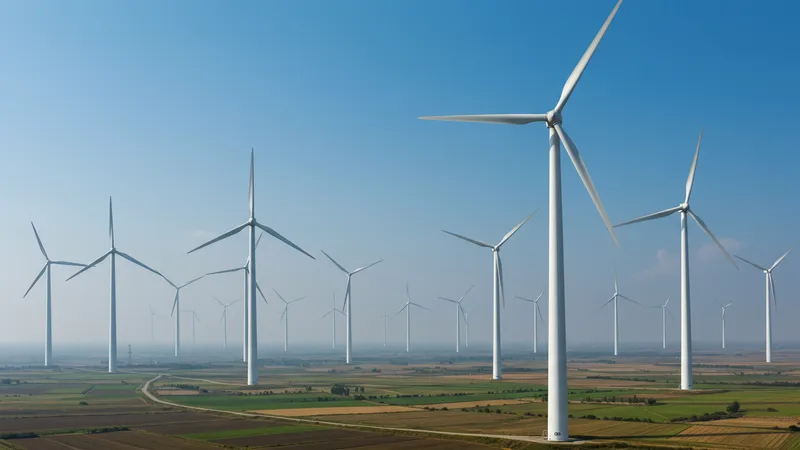
These companies have embraced technological advancements, creating turbines with blades as long as a football field. With intense governmental support, they aren’t just serving local markets but expanding globally. Their international reach brings lower-cost turbines to new markets hungry for renewable options.
Yet, this growth isn’t just about cost. These manufacturers are innovating at an unmatched rate. For instance, advanced materials reduce weight and increase turbine lifespan, making them more reliable than ever before. But the real stunner is how this impacts global market dynamics…
As competition heats up, even Western giants are forced to innovate and lower prices, setting the stage for a worldwide wind energy showdown. The next reveals will illuminate a landscape of unexpected alliances and fierce rivalries that could redefine the entire industry.
The technological strides in wind turbine design are nothing short of revolutionary. Gone are the days of generic, one-size-fits-all models. Today’s turbines are marvels of custom engineering, tailored to the specific wind conditions of their environments. This shift has led to a significant increase in efficiency and effectiveness.
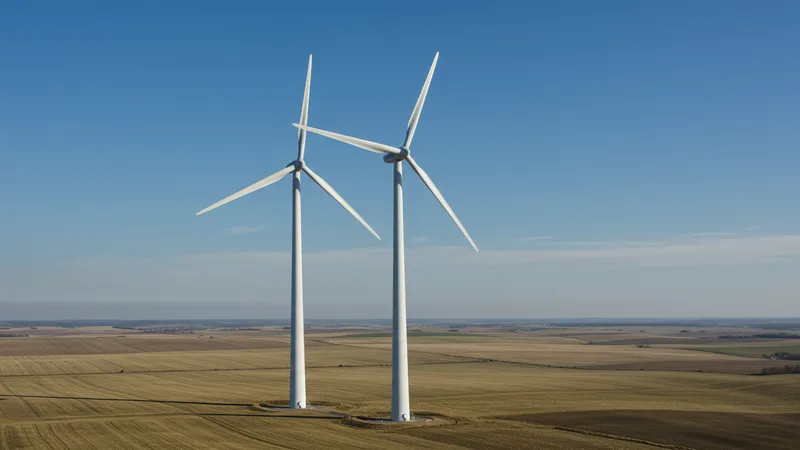
Take Siemens Gamesa, for example, which recently unveiled their SG 14-222 DD model. This behemoth boasts a rotor diameter of 222 meters and can generate 15 megawatts of energy. Engineering feats like these are setting new benchmarks for capacity and durability.
Innovations spilling over from unrelated fields are also making a mark. Aerospace-derived aerodynamics and AI-based predictive maintenance systems are reducing downtime and maximizing output. Such tech collaborations are advancing wind energy faster than predicted. But here’s where the plot thickens...
The challenge now lies in balancing these innovations against growing concerns about ecological impacts. Unveiling such delicate balances will be essential to understand the full implications and future direction of wind energy worldwide.
Renewable energy is only as good as its integration into existing power grids, where smart technology is taking center stage. Digital smart grids are transforming how wind-generated electricity is managed and distributed, addressing one of the sector’s biggest challenges: variability.
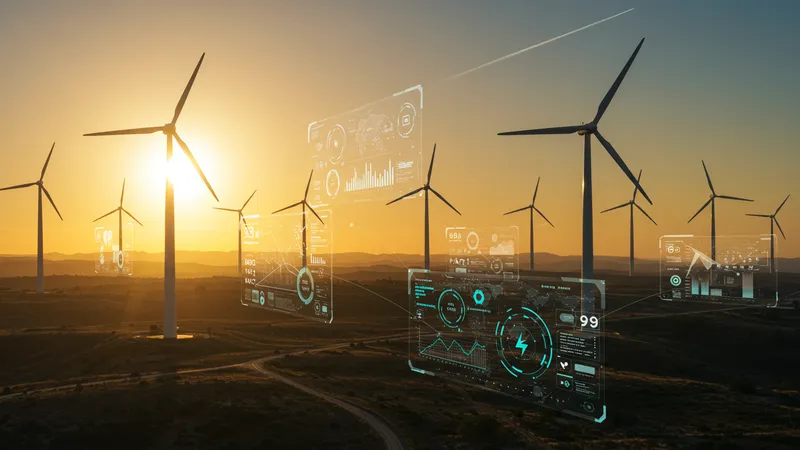
Operators can now predict energy output more accurately, optimizing the balance between supply and demand. Digital twins of turbines—virtual models that simulate real-time operations—are becoming crucial tools for predicting and preventing malfunctions.
Even more intriguing is how these smart grids are being fused with blockchain technology to enhance transparency and efficiency. Consumers can track exactly where their energy comes from, and even trade surplus energy peer-to-peer. But the real game-changer is what lies beneath...
The full potential of these digital integrations remains untapped, as energy providers race to implement them on a larger scale. This convergence of technology and sustainability could redefine energy as we know it, lighting the way toward a future of smarter, cleaner energy consumption.
The old guard of oil and gas industries is turning its gaze to wind energy. Companies like Shell and BP have realized that to stay in business, diversification into renewables is essential. This pivot is reshaping the competitive landscape and introducing a wealth of resources into the wind sector.
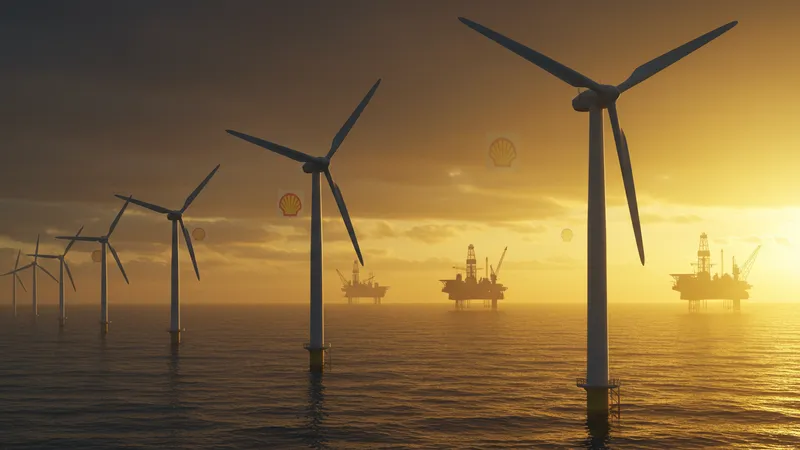
For decades, these oil giants have been synonymous with fossil fuels, a driver of environmental concerns. However, they bring substantial experience in large-scale energy projects and logistics that can accelerate the deployment of wind energy infrastructure.
The intriguing part is their motivation: Beyond climate pressure, the volatility in oil prices has pushed these firms to explore more stable sources of income. This represents a massive paradigm shift where profit aligns with sustainability. But there’s an unexpected catch...
Their entry has stirred a hornet’s nest among traditional wind energy firms. What will unfold is a tense battle over market share and influence, with potentially dramatic outcomes for global energy policies and practices. Stay tuned as these alliances and rivalries play out.
At the core of wind energy’s rapid expansion lies a robust economic narrative. The cost of wind power has plummeted by 70% in the last decade, debunking the myth that renewables can't compete financially with fossil fuels.
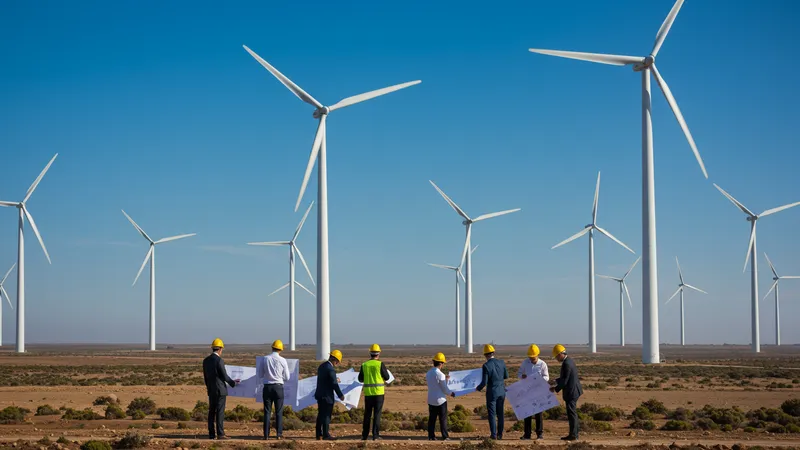
Major players are revolutionizing production with more efficient supply chains and manufacturing processes, drastically reducing capital expenditure. This economic viability has attracted investors who once doubted wind could offer good returns.
Government incentives further sweeten the deal, with tax credits and grants helping offset initial costs. However, as incentives wane, true market adaptability is being tested. The ability to remain sustainable without subsidies is crucial to long-term success. But the real financial revelation coming up might just astound you...
One hidden factor powering this economy is energy storage advancements. Innovations in battery technology are enabling power to be stored for low-wind periods, ensuring consistent supply. This could fundamentally change how we think about energy costs and consumption.
While colossal turbines capture headlines, the micro-wind turbine market is burgeoning with potential. Small-scale turbines bring renewable power to individual homes, rural areas, and even urban settings with tight spatial constraints.
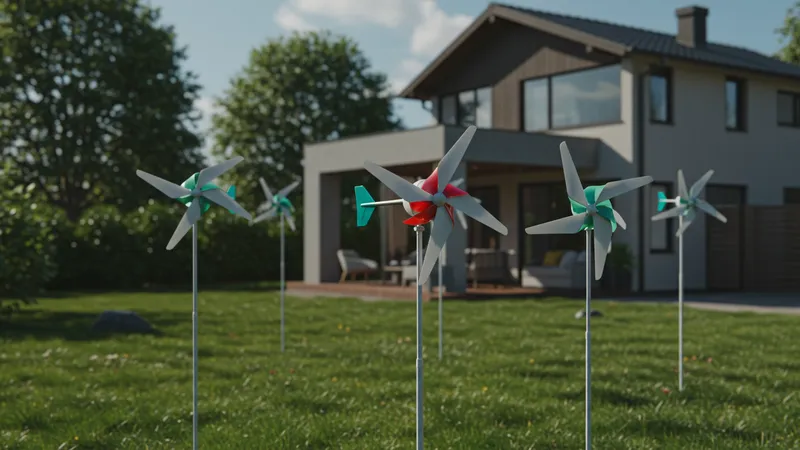
These miniaturized marvels can generate electricity at a fraction of the cost compared to their giant siblings. Advances in design have made them more efficient and less intrusive, offering a practical solution for local energy needs.
The intrigue comes from their rising popularity in areas not suited for larger installations. Areas with zoning restrictions or low-income communities can harness wind power without the need for massive infrastructure projects. But there’s a pivotal insight you should be aware of…
The distributed energy model these small turbines support is leading to a radical democratization of power. It empowers communities to become self-sufficient energy producers, reshaping both local economies and the global energy landscape.
The wind energy market is not without its hurdles. From site-specific environmental protests to logistical setbacks, local challenges can ripple across the global market. The interplay of cultural, political, and environmental factors is complex.
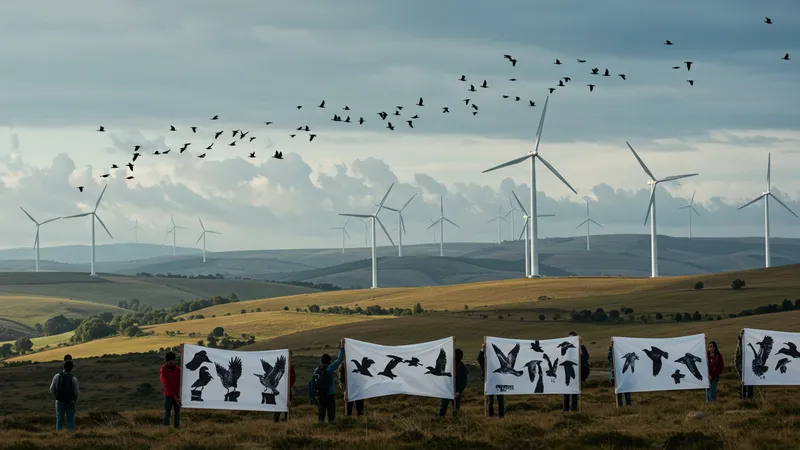
In some regions, local wildlife conservation efforts argue against the establishment of wind farms due to potential impacts on bird populations. Finding a middle ground between ecological preservation and energy advancement remains a global sticking point.
However, these challenges also spur innovation. Developers are investing in bird-safe turbines and site-specific analysis to mitigate impacts. The solutions devised on a local level could set precedents for international practices. But the broader implications are even more contentious…
The struggle to balance growth with sustainability highlights the need for globally unified standards. As countries collaborate, they create a template for harmonizing development goals with ecological stewardship, setting a new path for future energy collaborations worldwide.
Regulatory landscapes for wind energy are as varied as the topography they’re installed on. Inconsistent policies can hinder the growth of this vital industry, posing barriers that might seem insurmountable without strategic navigation.
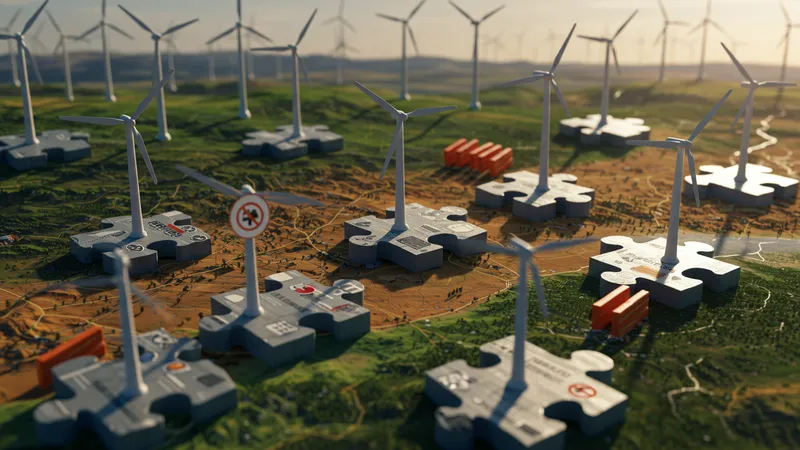
Subtle nuances in taxation, land use, and environmental protection laws require companies to be agile, adapting to both national and international policy shifts. In places where policy supports growth, the sector flourishes beyond expectations.
Yet, in regions with restrictive frameworks, innovation can grind to a halt, squashing potential advancements. This uneven playing field challenges the very fabric of market competition. But what’s emerging is unintuitive…
Some visionary policies are fostering cross-border collaborations, while others act as a catalyst for hidden markets to thrive. These regulatory surprises might redefine which countries lead the next phase of wind energy innovation and implementation.
Noise pollution from wind turbines is an issue that continues to stir debate. While often overlooked, the low-frequency sounds and vibrations generated by turbines can affect local residents and wildlife.
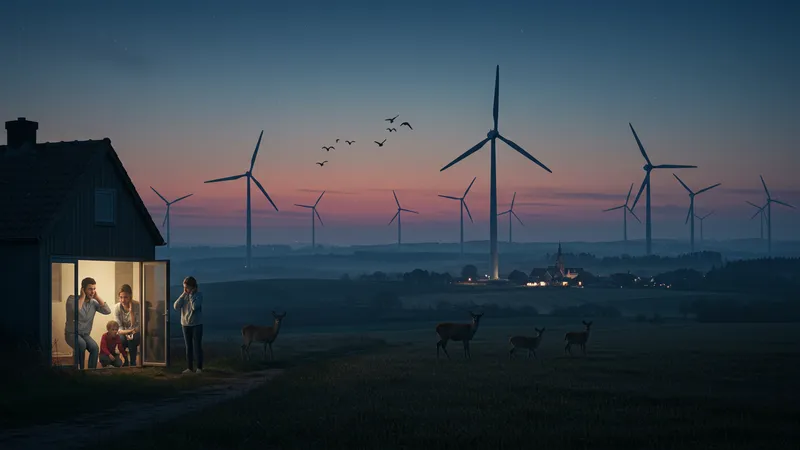
Communities near wind farms have raised concerns, prompting studies to assess the impact on sleep patterns, stress levels, and general well-being. Manufacturers are scrambling to design quieter, more efficient blades to address these grievances.
New materials and structural designs are being tested to reduce sound levels significantly. But beyond decibels, there’s a fascinating revelation in the works…
Research into vibro-acoustic effects is leading to potential scientific breakthroughs outside the energy field. These findings could eventually translate into new soundproofing technologies and even novel architectural designs, changing the way we interact with our environments.
A growing demand for skilled professionals in wind energy is sparking a fierce competition for talent worldwide. As the industry expands exponentially, the demand for engineers, environmental scientists, and project managers has surged.
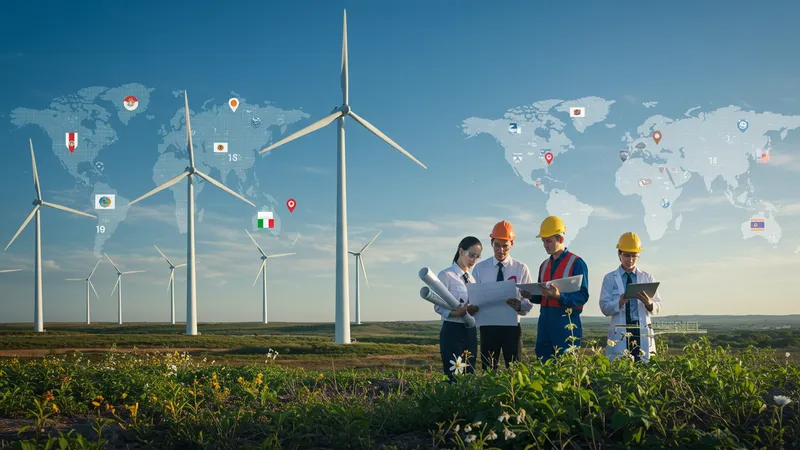
Countries with established renewable sectors are offering lucrative packages to attract top talent, leading to a global brain drain from regions with less developed industries. The gaps in expertise are challenging emerging markets to develop homegrown talent pools swiftly.
Training programs and universities are ramping up offerings in renewable energy fields, yet the rapid pace of industry evolution demands continuous learning and adaptation from workers. But here’s the kicker…
The battle for talent is also fostering international collaborations in education. Universities and companies across borders are uniting to ensure a steady flow of skilled professionals, encouraging a cross-pollination of knowledge that could lead to unprecedented advancements in wind technology.
The question of what to do with aging wind turbine blades poses a significant environmental challenge. These massive structures contribute to landfill waste, as traditional recycling methods struggle with their composite materials.
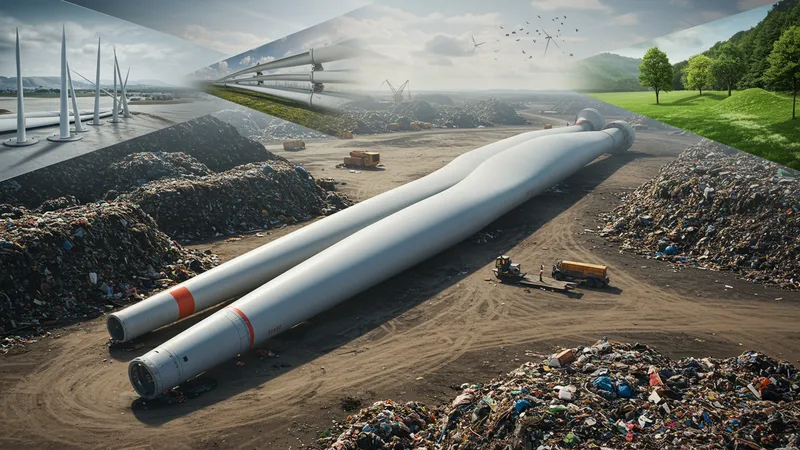
Innovative solutions are being proposed. Some companies are exploring ways to repurpose blades into construction materials, while others experiment with biodegradable designs that promise easier disposal at the end of their lifecycle.
The complexity of the issue lies in the vast numbers: Thousands of turbines require decommissioning over the next decade. The transition from waste to resource is a journey filled with both promise and pitfalls. But there’s a surprising upside...
This challenge is driving a new wave of environmental entrepreneurship. Companies focusing on sustainable disposal and recycling technologies are emerging, potentially creating a lucrative market segment dedicated to solving this pressing issue.
The journey of wind energy is full of twists and turns, from unexpected market shifts to technological breakthroughs with global implications. As we navigate these evolving landscapes, the future promises even more remarkable transformations.
It’s time to be part of this revolutionary journey. Share this article to spread awareness, bookmark it for continued insights, and join the conversation about the future of energy. How we act today can redefine tomorrow’s energy landscape, blending innovation with sustainability for a brighter future.